... and the animals run free. Quite literally a reverse zoo. They are the boss.
So, how did we get here?
On day 3, we headed to Ngorongoro Conservation Area. Also known as Ngorongoro Crater, it is an UNESCO Heritage Site, and pretty much the awesomest place to see animals in the entire world. And I say that without the slightest bit of exaggeration. If you are going to go to one place on safari, and could only pick one place, you have to pick Ngorongoro. Not the Serengeti. Not Kruger. Not the Maasai Mara. Ngorongoro. Period. End of discussion.
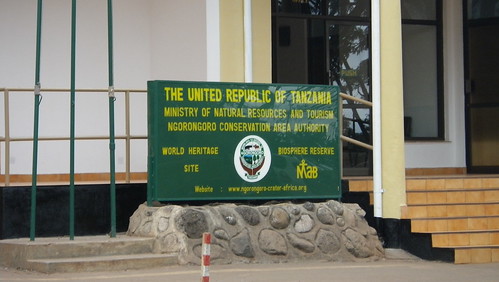

So what's so great about Ngorongoro? Glad you asked!
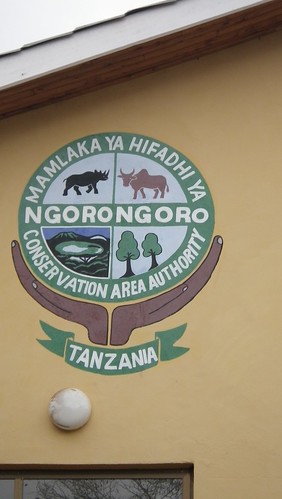
Ngorongoro is technically a conservation area, and not a national park. This is because while pretty much all normal human activity (primarily primitive hunting and grazing) and residence is banned in national parks, the Maasai have activity and residence rights in most of Ngorongoro, excluding the crater. Ah. The crater.
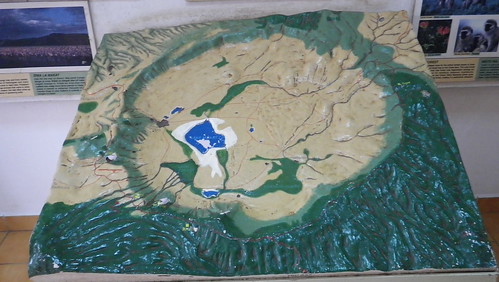
16-20km in diameter and 300-600 meters deep, the crater is the largest unbroken, unflooded caldera in the world.

Still not impressed?

Okay, how about this. It has the highest concentration of predators in the world. And because of the low amount of foliate in the Crater, you can spot them all day long.
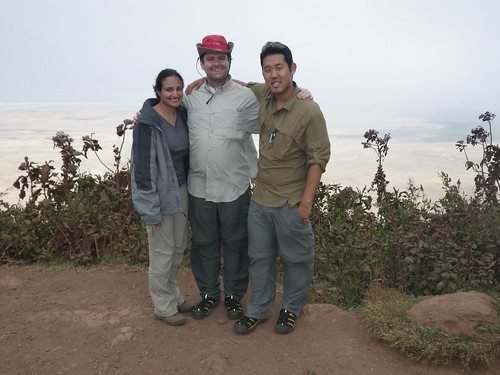

Interested now aye?
The predators are there because they go where there is "food," i.e., wildebeest, gazelles, zebras, etc. There is an abundance of "food" in the crater because (1) the steep walls of the crater makes it more difficult for animals to get in and out of the crater, (2) the floor of the crater has several permanent watering holes, and (3) the lack of foliage makes it, kind of ironically, easier for the "food" to spot the predators. It's almost as if both the predators and food have agreed on these unwritten rules, and may the best animal win!
By the way, the second panorama above was taken from our amazing campsite on the rim of the Crater. I will cover our sleeping accommodations on the safari in next week's post. But a word about how we got to Ngorongoro.

Getting to the crater is not for the weak of stomach.
View Larger Map
As you can see, Ngorongoro is on the major highway between Arusha/Lake Manyara and the Serengeti. But "highway" is a bit of a misnomer. After Karatu (where we stopped for lunch), the paved road ends and the ascending red dirt, rocky road begins.

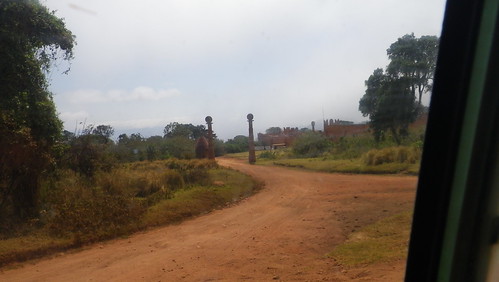

Now, given that it is a gravelly dirt road, it's pretty smooth. Until you get to the entrance to the Crater.

From there, if you have a habit of getting car sick, sea sick, motion sick, etc. sick, well, you may want to take every pill known to humanity before taking the thirty minute journey down to the floor of the crater. But first, the calm before the storm.
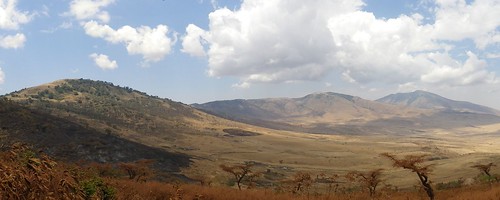
This panorama is of the area right before the descent point. The houses you see at the center right are the Maasai inhabitants which make Ngorongoro the conservation area.
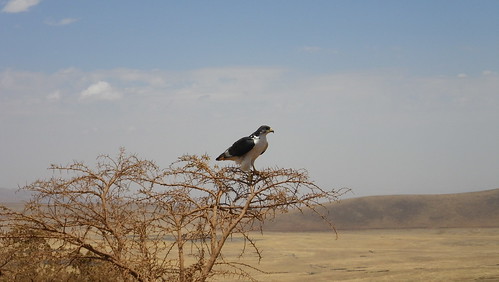
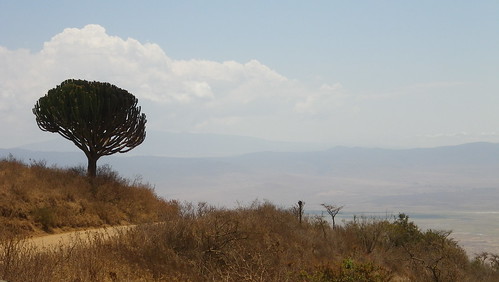
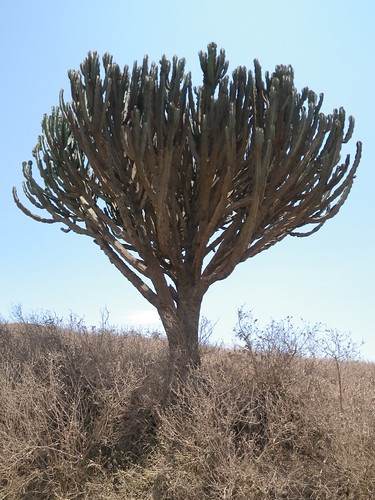
One of two videos that I regret not taking is our vehicle's descent into/ascent from the crater, as we were jostled all over while the Range Rover climbed two foot rocks before descending four foot gullies... all while David cruised happily along at a cool 10 km an hour. Luckily, our car was all roller coaster fans, so we had a blast.
Which brings us back to the predators, and a bit of animal psychology.
One of the most frequent questions when I got back (aside from climbing Kili questions), was "aren't you afraid the animals will eat you?" The short answer, is "no," and the longer answer is "at first I was, but not towards the end." Let me explain why.
Animals are smart. Extremely smart. Particularly predators. When we were going to Lake Manyara, we drove through a town called Mto Wa Mbu, which means river of mosquitoes. Aside from being the first time that we were accosted by local teenagers selling trinkets (one tried to trade me his dollars for my dollars - I have no idea why), it was also the first time David explained the intelligence of the animals. The edge of the town backs into Lake Manyara National Park. It gets to the point where one side of the road is the national park, and the other side has people's houses. Apparently, there is a problem where monkeys will cross the road from the national park, steal food from people's houses, and when they are noticed, run back across the road into the park, knowing that people can't chase them into the park.
Now, you say, "well, aren't the animals just instinctively running away into foliage when chased?" Normally, I would agree with you... except the monkeys then turn around and, just one meter inside the park boundary, taunt (yes, taunt!) the people chasing them.
The above video obviously isn't from Africa, but it has 3.8 million Youtube hits, and makes my point.
"Okay," you say, "monkeys are almost people (depending on your view of evolution), so they are smart. But that still doesn't mean predators are smart." Which brings us back to the whole eating people on safari thing.
For millenia now, the predators in Africa have played a game with humans where they try to eat our livestock (humans actually aren't that tasty), and we try to kill them, whether for food, their hides, to prevent them from eating livestock, or other purposes. Moreover, in addition to not being tasty, because we keep trying to kill them when they get close, and since there are so many other things to eat which don't fight back, you would think that the predators would evolve wanting to avoid humans at all costs. However, that is not the case.
The national parks and game reserves (like Selous) are a relatively new phenomenon in the world, with Yellowstone being the first, established in 1872, and much later in Africa. Despite this relatively short time period of time, as with the monkeys, the predators have quickly adapted to the parks and reserves, and realized that as long as they do not attack the humans riding around in goofy cars in the parks/reserves, we will only observe, and otherwise leave them alone. And so, as you can see in the video, they pretty much walk with impunity among us.
Now, this would all be remarkable enough if it was an evolutionary bi-product. However, it is even more than that; it is taught. It turns out that the cubs of lions and cheetahs in particular exhibit this behavior right out of the womb. For some reason, however, the relationship is not as strong with hyenas. And we know it's taught, because these cubs learn the boundaries of the park, and what it can and cannot do in given areas. Pretty awesome.
So again, in short, no, you do not really have to worry about getting eaten by a lion in a park. The only caveat to this is that once in a blue moon, they do get a rogue predator who gets a taste for human flesh (regretably, it's almost always a Maasai child). When that happens, the predator has to be put down, as it will then definitely attack people again. So, don't worry. We are still at the top of the food chain.
Okay, enough talk. To the predators!

Not five minutes from when we reached the floor, we were ridiculously lucky to run into a pair of cheetahs. There are only seven in the crater, and as you can see, they are among the more difficult to spot in this environment. They are also the more shy of predators.
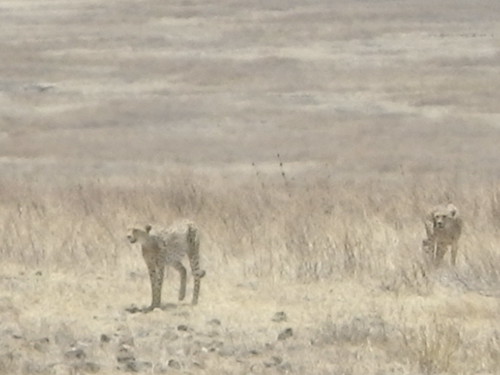
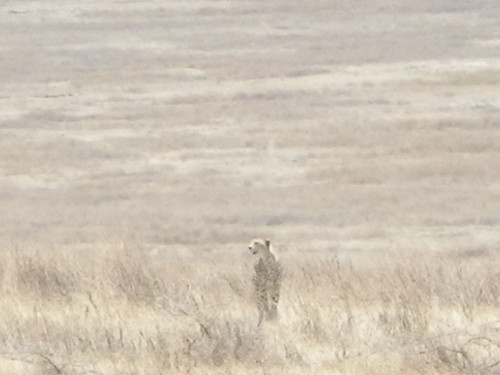
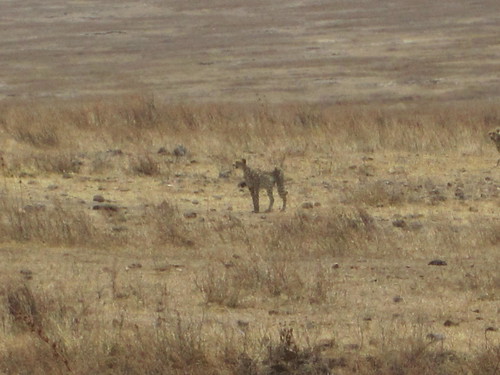
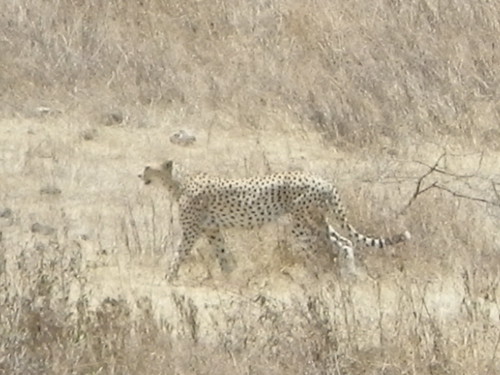
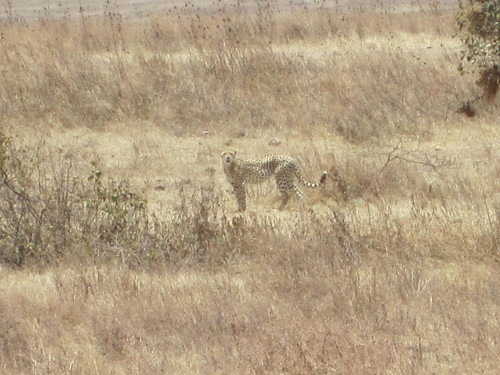
They weren't particular difficult to spot in this instance, however, because there were about a dozen cars parked along the "road" also taking pictures of the cheetah. So, this is one of the problems of safari. Currently, there are no limits on the number of vehicles allowed in the Crater on a given day. While I will go into timing issues in a future post, during the high season, David said it would not have been unusual to see a hundred (yes, a hundred) vehicles clustered around the cheetahs. There is talk of instituting a limit, but for now, the cash is too tempting for the government to pass on. The Crater is the most expensive place to visit in Tanzania, as it is $50 per person to enter the conservation area, and then another $100 per person for a day pass to enter the Crater. And you can't stay there. You can't enter before sunrise, and must exit before sundown.

Our first views at the floor of the Crater were pretty awesome, with the hills rising up from the Crater rim as the fog burned off.

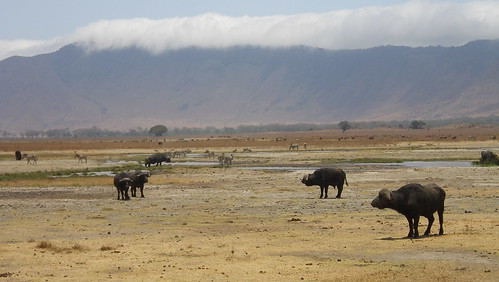
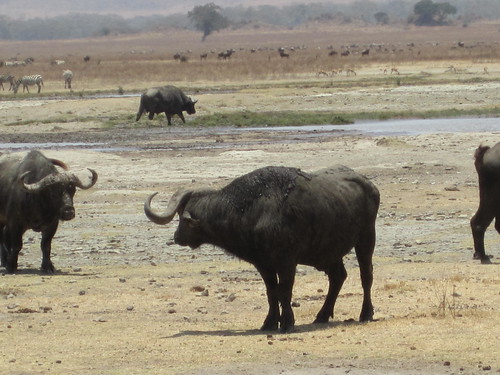
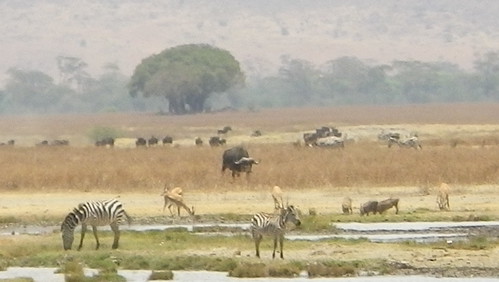
You can see the clouds fall in over the top of the east side of the rim. And hullo food!
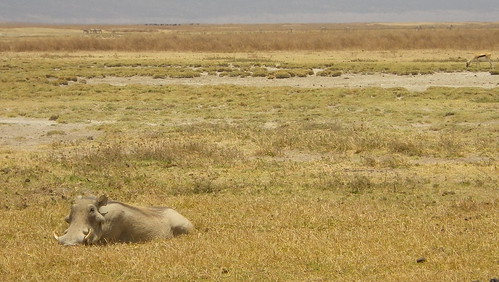
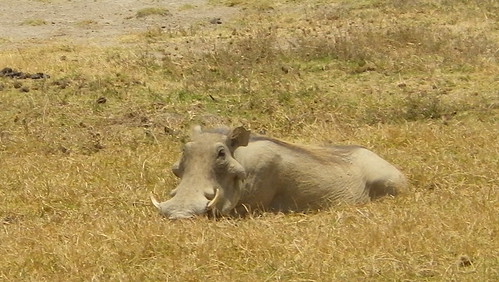
We found this little guy just chillin' in the grass. I smell bacon (and I think the lions do too)!
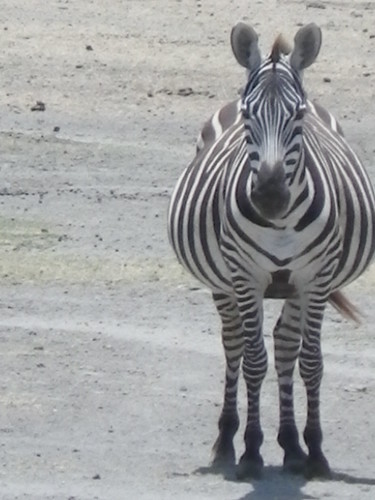
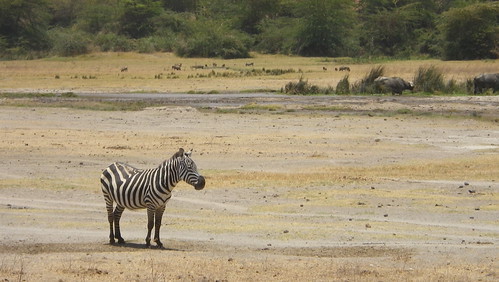
I mentioned that I thought this guy looked fat. David then politely informed me that "he" was a "she," and that "she" was pregnant. Oops. Remind me not to do interviews.
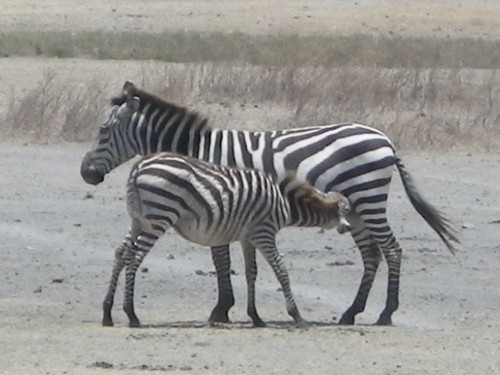
I guess this zebra family right next to the preggo one should have tipped me off.
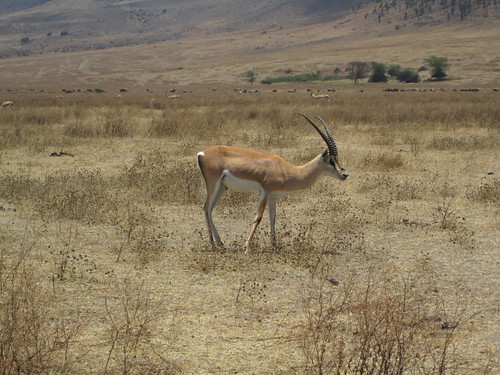
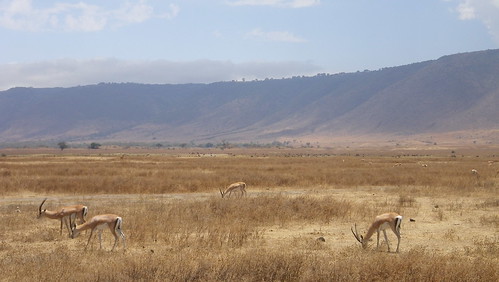
Male Thomson gazelles, aka, the losers. Like for lions and elephants, there are two types of gazelle herds. The first has one male and many females. The second is all males. Basically, the most dominant males get all the chicks (determined through head butting), and the others are s.o.l. In fact, even young male gazelles, after they reach a certain age, are kicked out of the herd by the dominant male. Family values eh?


Ostrich-like birds with, once again, a pink haze of flamingos in the background.

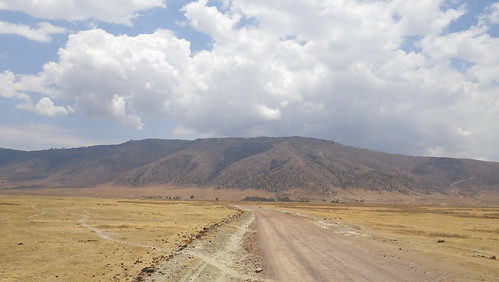
The view from pretty much the center of the Crater.

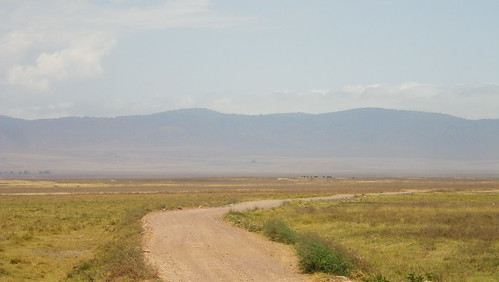
Getting closer to water.


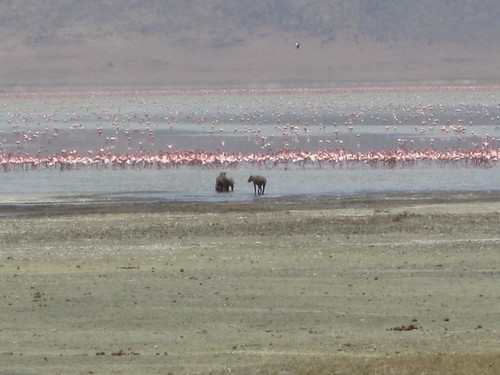
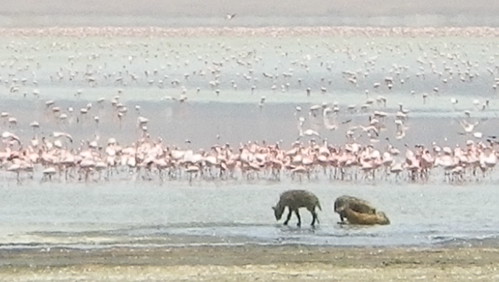
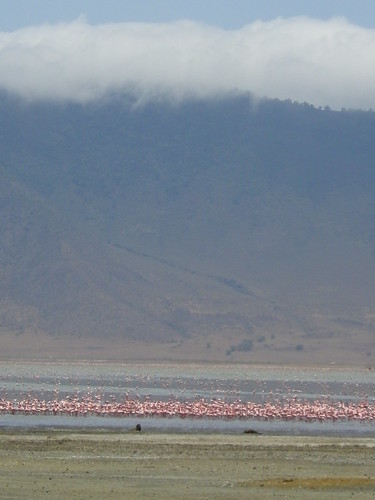
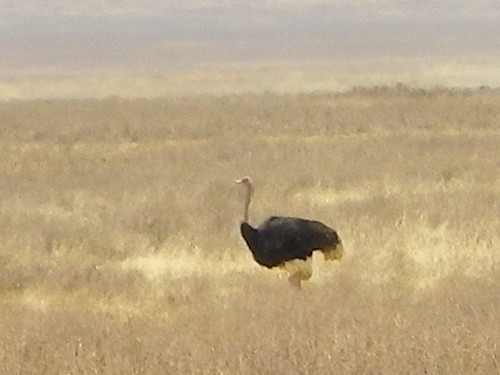
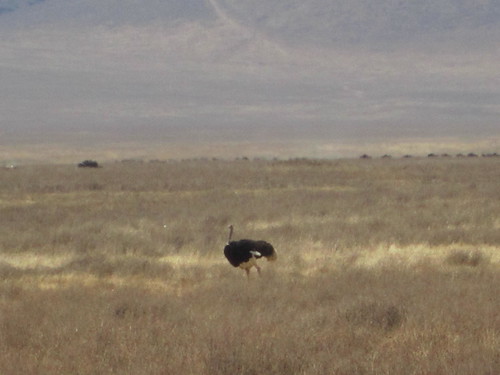
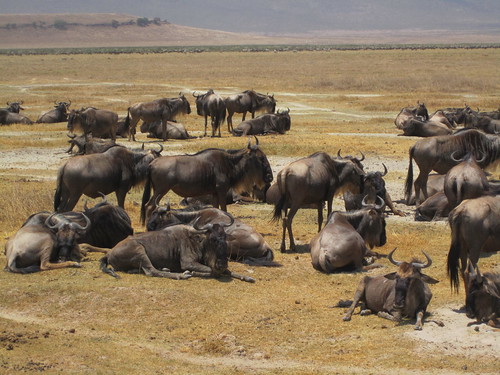
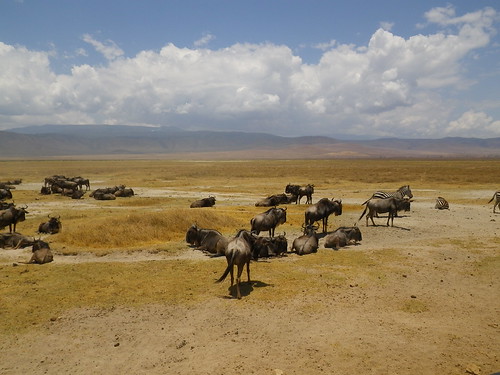


No comments:
Post a Comment